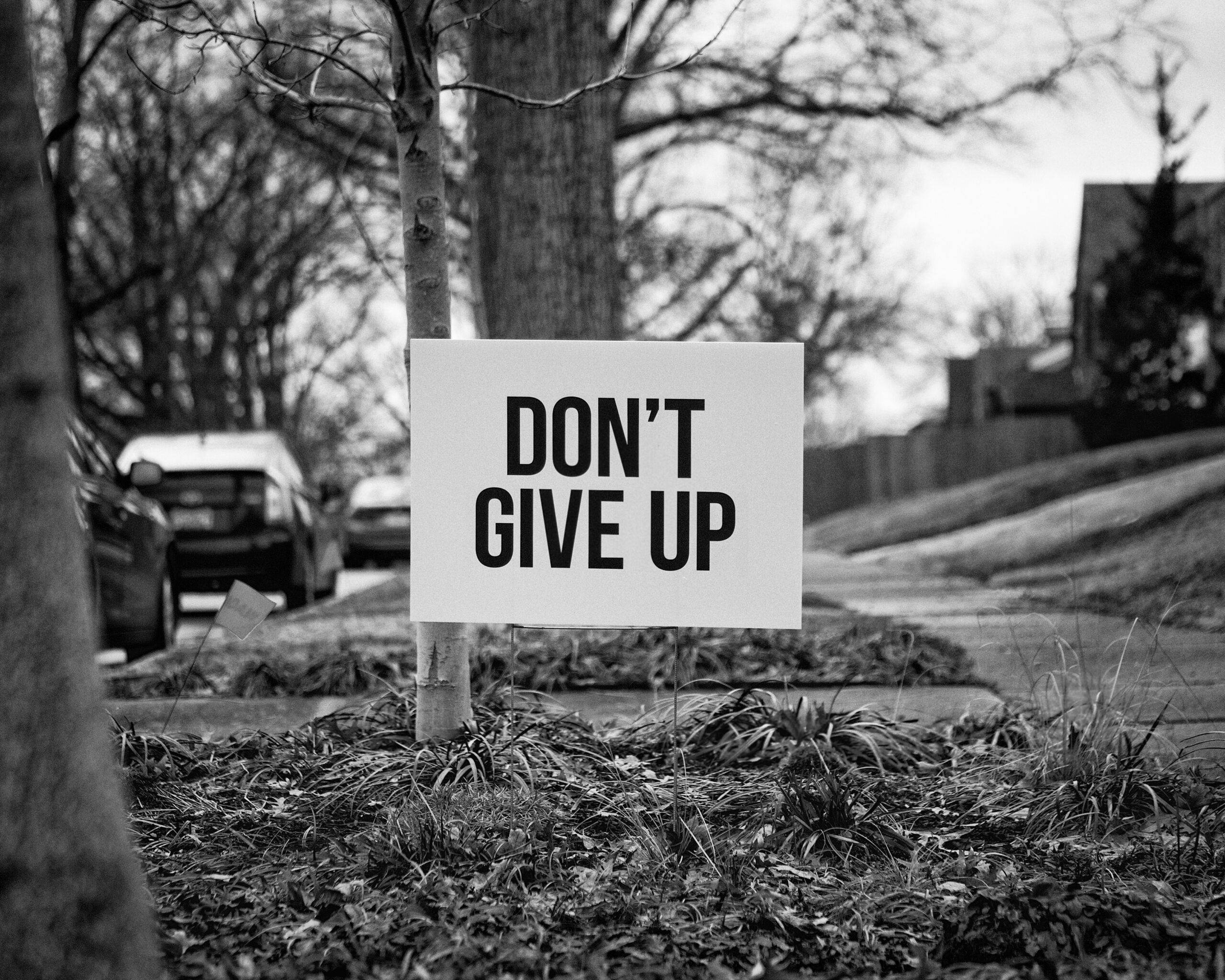
Helping Students to Balance Judgment and Tolerance
By Tim Elmore
You may remember watching the movie, Mean Girls. It was an iconic film for Millennials back in 2004. The story was about mean-spirited high school students who required an intervention because of their judgmental attitudes toward frenemies. The movie was rightly named. For that matter, the film Top Gun: Maverick, while it contained stellar comradery, was full of males judging other males on their performance, right up until the closing scene.
Ours is a world in which we’re conditioned to constantly evaluate everything. Our reality TV shows usually include a judges panel and an opportunity for viewers to judge contestants and vote to keep them on or vote them off the show. Social media is a consistent source of comparison for young (and older) users. We can reply with a thumbs-up or thumbs-down; we can “love” or even “share” something we enjoy. If we hate something, we can harshly critique a person who posts, while hiding behind a screen and fake persona. Retailers, restaurants and other vendors even ask us to give them feedback, essentially inviting us to judge the quality of their products and services. When I ride in an Uber or Lyft, I’m required to give them one to five stars, judging their service, while at the same time, they are judging me as a customer. What’s more, over the last decade, I feel I’m constantly asked to fill out a “comment card.”
It seems everywhere we turn, we are conditioned to judge others.
The Irony of Our Day
Ironically, as bullying and school shootings have increased, we’ve sent the message to our kids to be tolerant, kind and accepting of everyone, especially those who are marginalized. It’s a needed message, but can you see the oxymoron in it all? On one hand, kids see adults judging and even encouraging judgment. On the other, those same adults tell kids to refrain from doing it. I didn’t know whether to laugh or cry as I observed one school district heavily promote tolerance for various lifestyle choices and values, while simultaneously yelling and acting very uncivil in school board meetings toward those who embraced different values. I am sure it’s confusing to kids. Children have a better chance of growing up if adults have done so first.
What do we expect our students to do with this mixed message?
I recommend we combat the impulsivity in our culture by using five strategies. These simple strategies provide a start to closing the gap between the contradictory messages we send.
Five Strategies to Help Students Balance Judgment and Tolerance
Help students distinguish between vendors who ask for comments and everyone else.
Often, they don’t even realize what’s happening. Students seize every opportunity to judge and begin doing it with friends, family members, you name it. We must teach them that vendors usually welcome feedback, but we must gain permission to give it to others. Much of the time, we all must simply refrain from offering opinions and choose instead to appreciate differences.
Teach students to find something good to affirm when they offer criticism.
One positive habit to build is to connect every criticism (a negative judgment) with an affirmation (a positive perspective). This prevents stunting their ability to evaluate, while at the same time, it conditions them to see both sides of an issue. This also fosters civility.
Establish “no judgment” zones, where students consciously stop critiquing others.
I know some educators and parents who set up “no judgment zones” where it is forbidden to talk negatively about others. While I don’t believe this is a genuine picture of the real world, I do know it trains kids to flip a switch in their brains and learn to stop judging. It also has another benefit. It creates environments where peace instead of anxiety rules the room.
Equip students to objectively evaluate the pros and cons in behavior or performance.
We must train students to recognize that most people are “ethnocentric,” meaning we see life through the lens of our own experience, not objectively. Thinking objectively is a learned art where students develop critical thinking skills, which involves reasoning, evaluating, and problem-solving. This logic will help to decrease impulsive judgments.
Prepare students to be critical only if they work to identify a solution to the problem.
This is a brilliant action step for schools, teams, and families. What if we taught students that when they criticize someone or something, they must also offer a potential solution? Even if they’re not good at problem-solving, it helps them see solutions, not just problems. Unsolicited advice is usually seen as criticism. When we offer both our perspective and a possible resolution, we find some balance.
I found myself becoming very judgmental at a certain point in my career. As I reflected on why I was so critical, I recognized an attitude in myself that I hated: a superior, condescending, and egocentric mindset that I knew was unattractive to others. It was then that I realized it doesn’t take any thinking at all to become judgmental. It can be an expression of pure emotion and no reason. Perhaps psychologist Carl Jung said it best, “Thinking is difficult. That’s why most people judge.”
We’ve got to get this right as we develop today’s younger generation.





